Look at the example below; notice that there are no musical phrases. The melody is moving continuously without any breaks. Musical phrases are like spoken sentences. We can’t speak continuously without pausing for breath. Likewise, musical lines are the same.
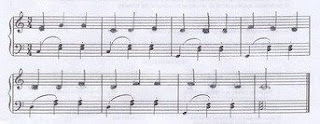
The simplest approach to understanding musical form is to limit each musical phrase to four bars only. The fourth bar should contain a note held for the entire duration of the bar (for now). Therefore, using the same musical example above, Bar 4 should look like this.
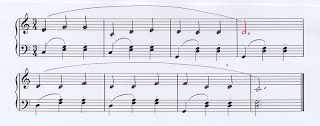
Notice that the rhythm of the notes in Bar 1 – 4 are exactly the same as Bar 5 - 8. Now, you have two musical phrases.
The next step is to consider how the melody sounds. After having composed the melody, it is always necessary to play the melody on your principle instrument (in this case, the piano) to know how it sounds. Decide if you like what you hear and if not, what would you change?
Play the example below on your piano and compare it with the original melody above. You will notice that more notes are used in the melody. There are no repeated notes to make the music monotonous. (Note: Suitable for students who have completed Piano Lesson Made Easy Level 3 and/or My Third Theory Book.)

Taking it another step further, make some alterations to the note values like shown below. This rhythm will make the melody sound more interesting. Play it on your piano to feel the difference.

Now that we have gone through some basic steps on how to improve a composition, it is your turn to try composing an interesting melody to the accompaniment. This 8-bar composition game taken from Because of Love (red book).
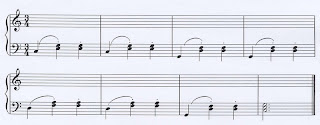
♫♫♫♫♫♫♫♫♫♫♫♫♫♫♫♫♫♫♫♫♫♫♫♫♫♫♫♫♫♫♫♫♫♫♫♫♫♫♫♫
========================================================
Printable page instructions:
For Mozilla Firefox Web browser
1. Click on the image
2. Select Print Preview from the File menu
3. Click Page Setup
4. In the Format Orientation: click Portrait
5. In the Format Scale: click Shrink To Fit Page Width
6. In the Margins: set Top, Bottom, Left and Right to zero (0)
7. Click OK
8. Click Print, click OK
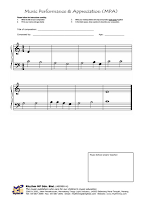
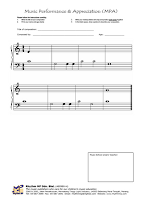
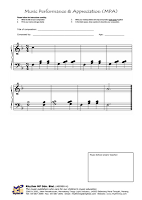

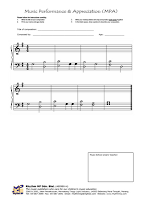
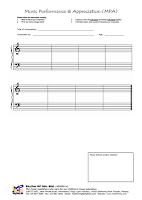


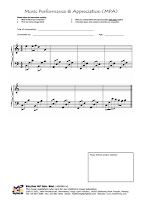
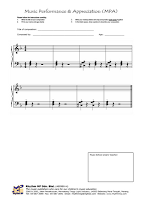
- Primary Chords
- Card Games Made Easy
- Card Games Made Easy Holiday Workshops
- Card Games as a learning aid
- Kid’s Percussion Band Workshop
- Music For Kids(音乐与绘画)
- Click here for How to Schedule Musical Activities



